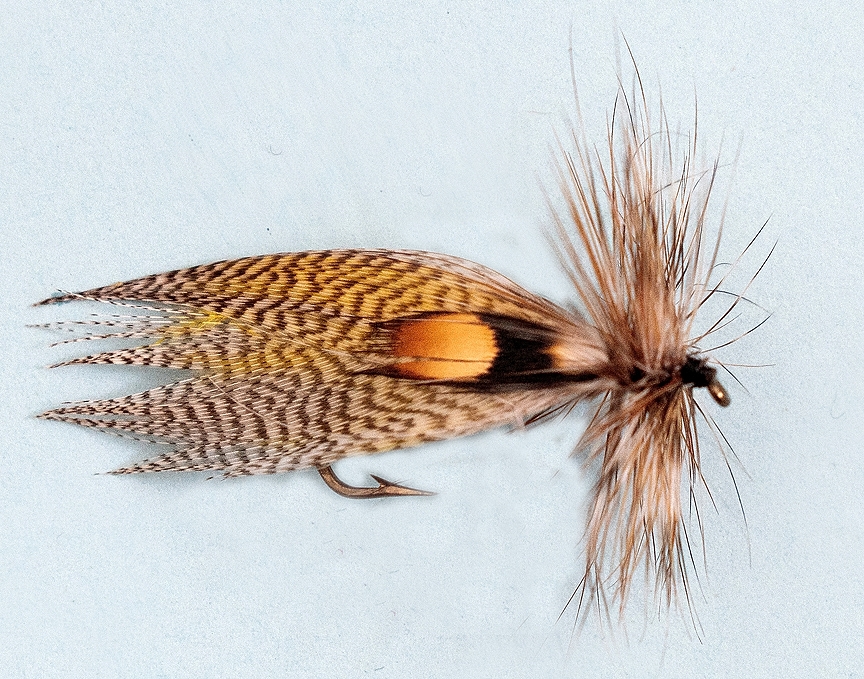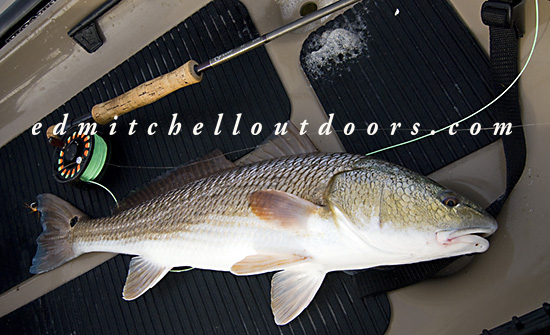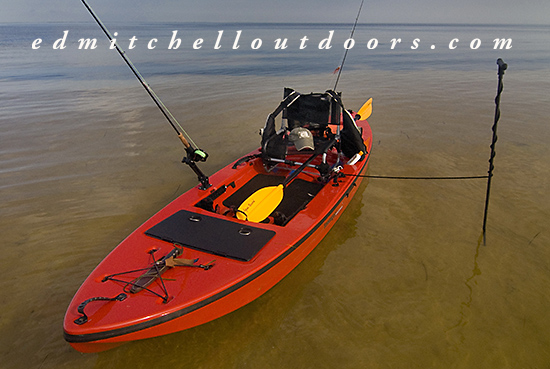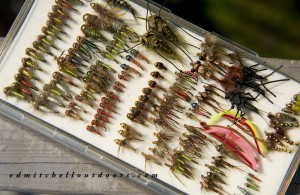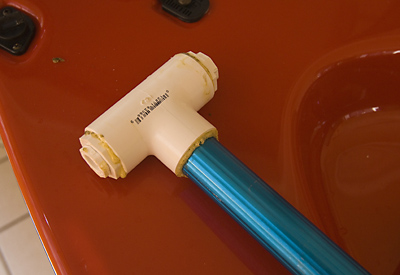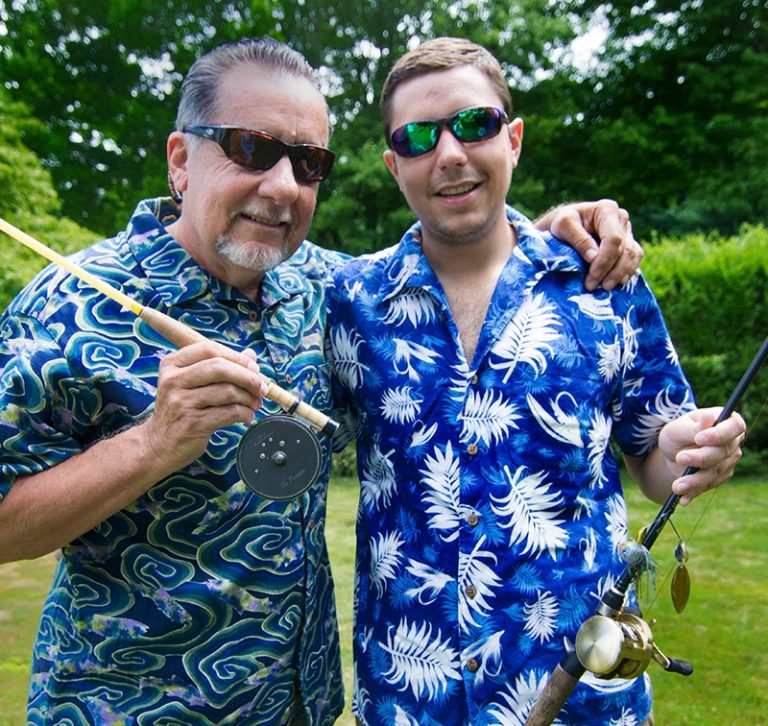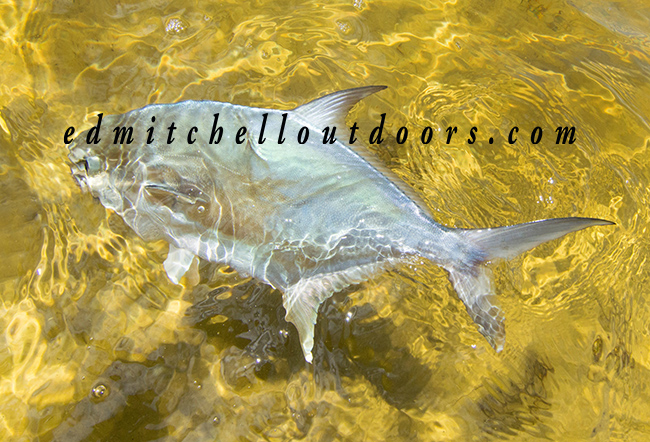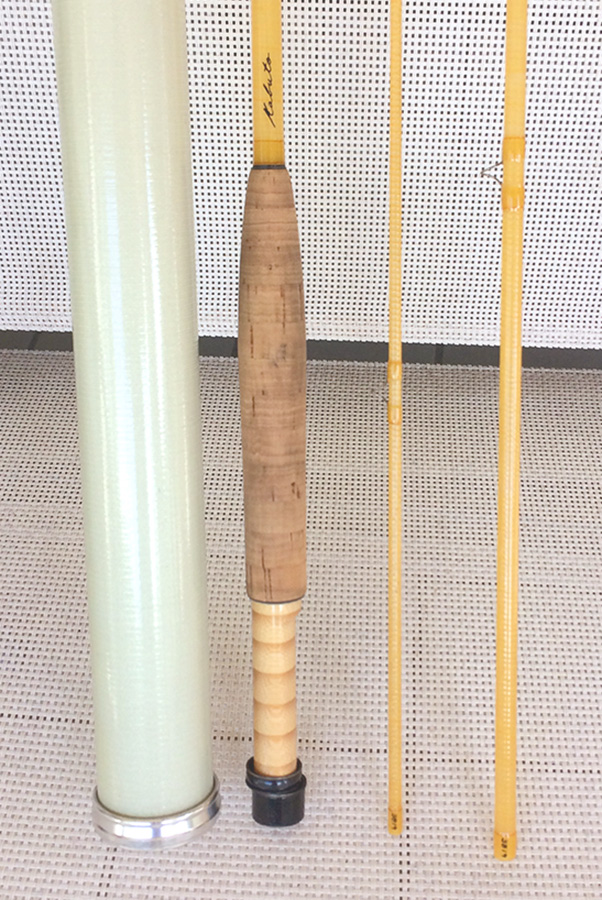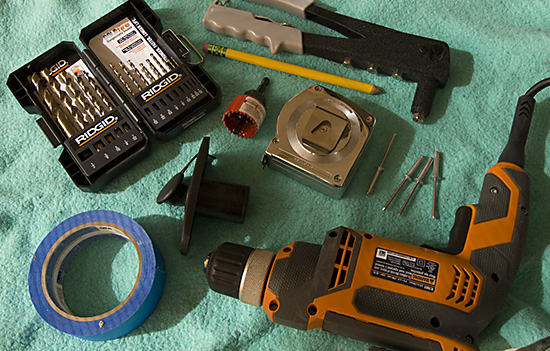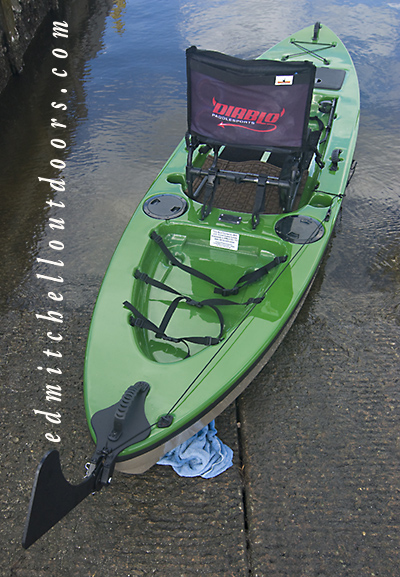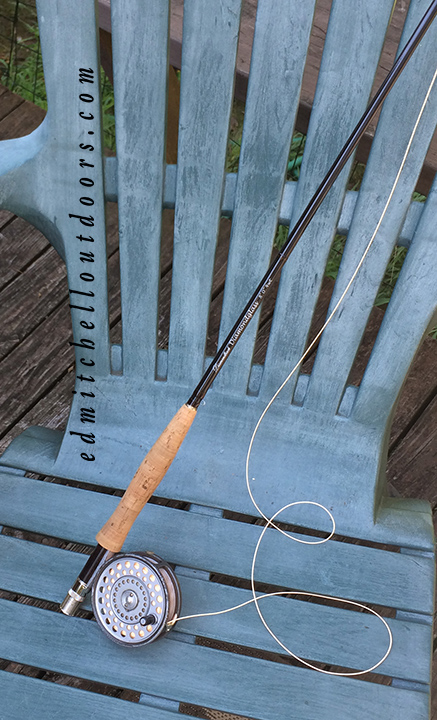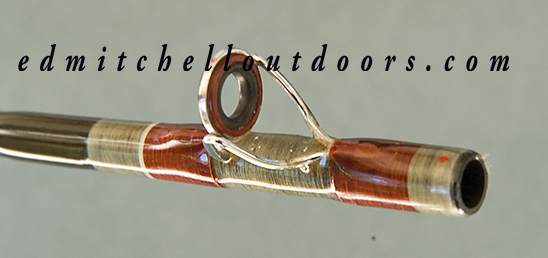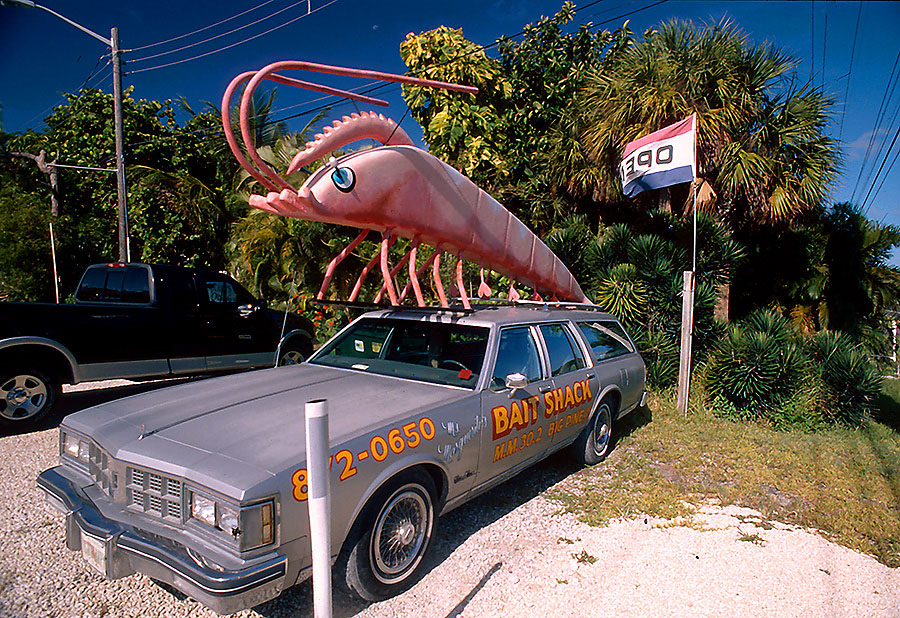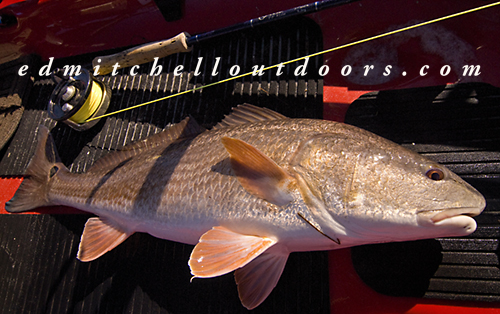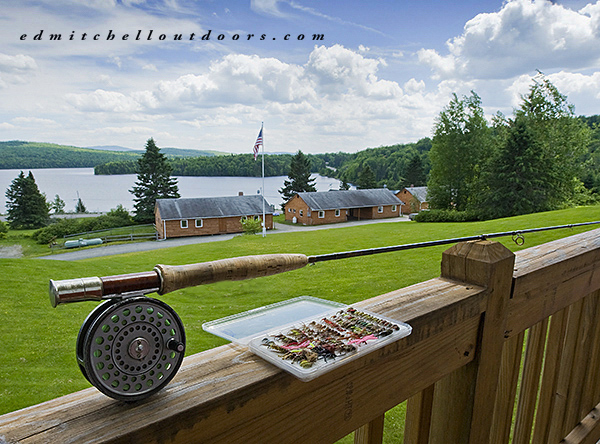The Hornberg
Colonel Joseph Bates, in his fine book “Streamers & Bucktails the Big Fish Flies”, reports that this fly was created by Frank Hornberg, a conservation warden in Portage County, Wisconsin. Designed to mimic a small minnow, the Hornberg was born almost 100 years ago and sold commercially by the Weber Tackle Company, becoming widely popular in many waters.
The Hornberg had no tail, the body was flat wound silver tinsel, over which two yellow hackles made an underwing. Over that wing, were tied pale grey mallard feather cheeks that extended back beyond the hook bend. Jungle-cock eyes were added on top of both cheeks with several turns of grizzly hackle forming a collar up at the eye.
Upon landing on the water, the grizzly collar had a tendency to momentarily cause the fly to float. This allowed anglers to briefly fish the Hornberg as a dry fly, perhaps imitating a caddis, or stonefly, or even a hopper. Once submerged it became a conventional streamer, making it a versatile fly.
Originally this fly was tied upwards of size 6, but today size 10 is the most common on a hook such as the Mustad 9671. Silver braid has replaced the tinsel and the yellow hackle has given way to yellow bucktail. Otherwise, the fly is much the same. In his “Book of Fly Patterns”, Eric Leiser tells us over the years many variations of the Hornberg popped up, often utilizing colored mallard wings, noting that well-known tyer Dick Steward even made a flat wing version of this fly.

